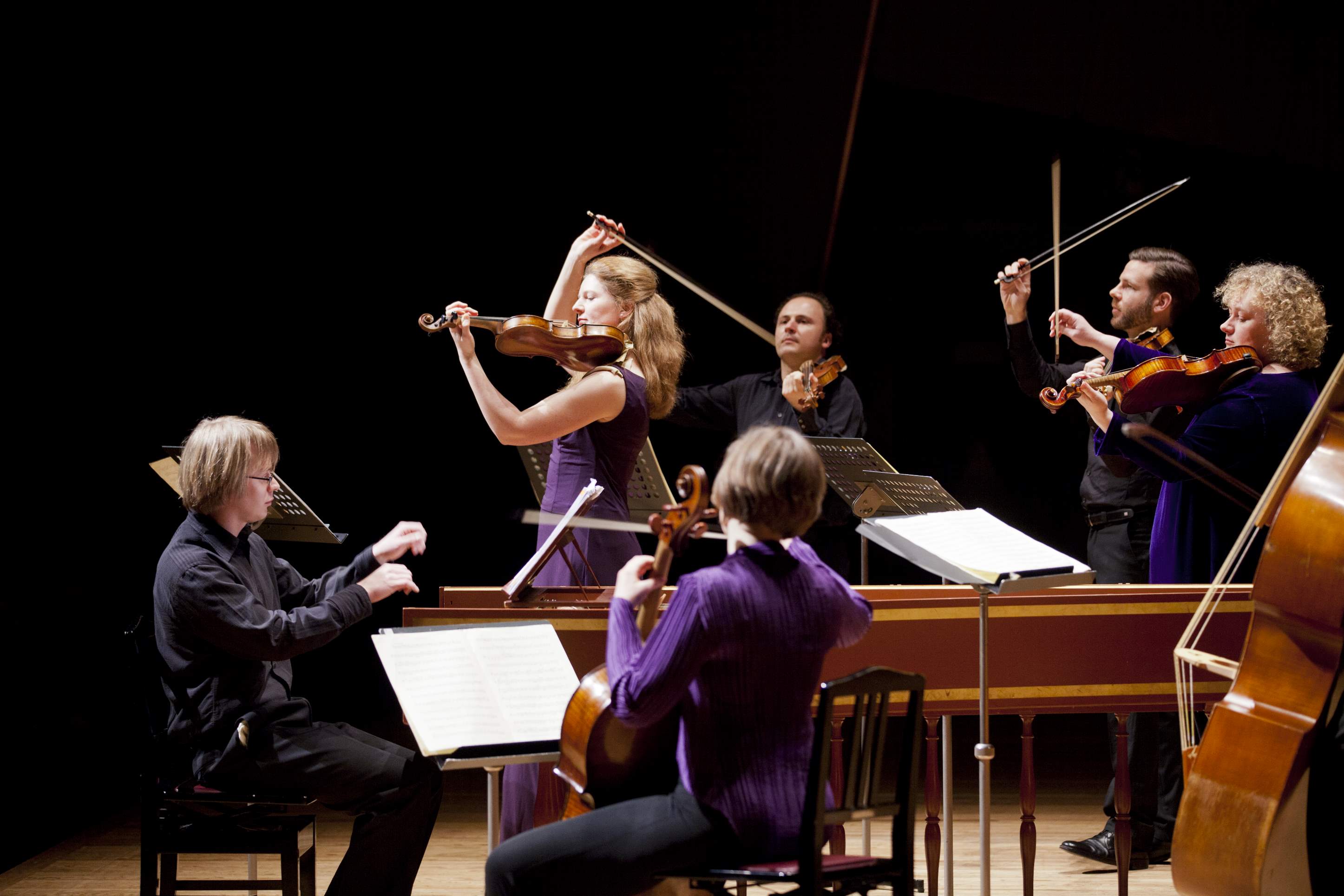Bach’s Sonata for Violin and Continuo in E Minor, Rachel Podger
Sparks fly in the exhilarating Preludio which opens J.S. Bach’s Violin Sonata in E minor, BWV 1023. The solo violin unleashes a bold and virtuosic toccata over a mighty E pedal tone in the continuo bass. In many of Bach’s other sonatas, the violin enters into a supporting role with the harpsichord. Here, amid a torrent of bariolage (the alternation of notes on adjacent strings to outline chords), it moves squarely into the spotlight. The Adagio …




